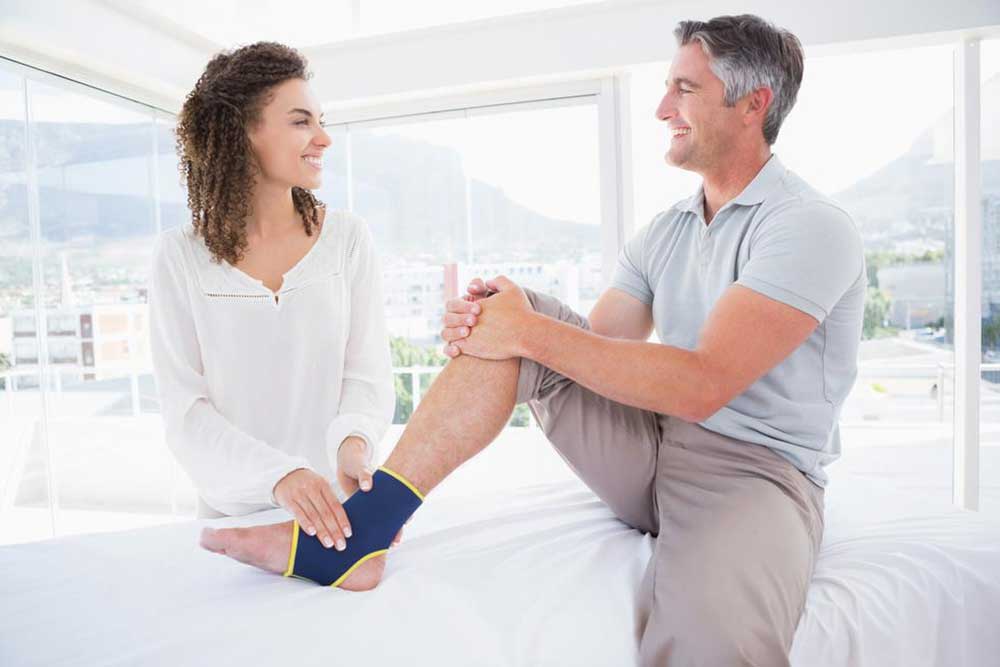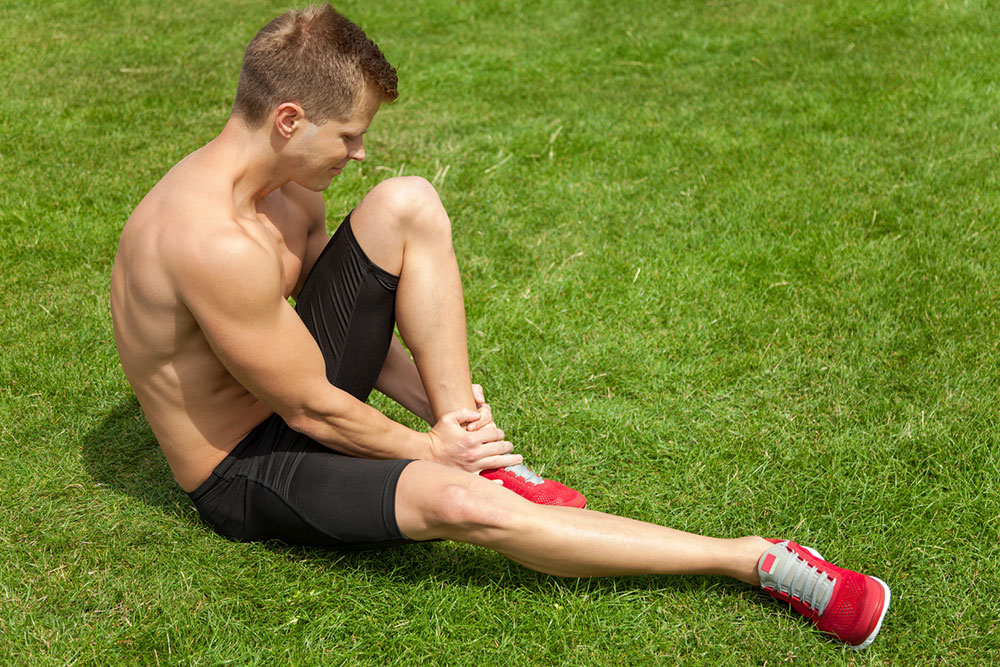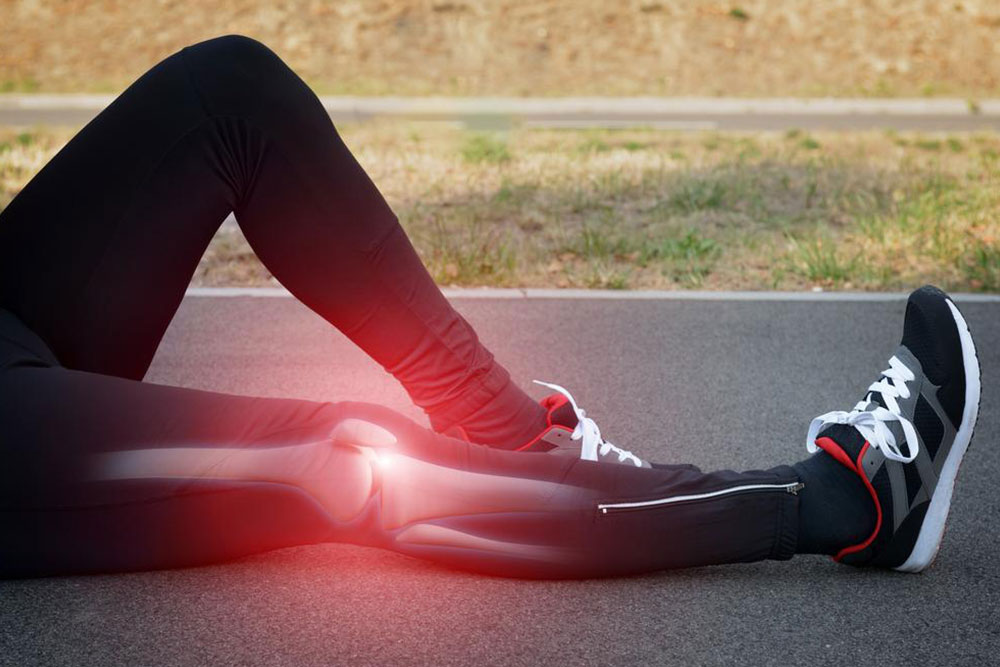Comprehensive Guide to Alleviating Leg Discomfort and Pain
This comprehensive guide explores various causes of leg discomfort and offers effective home remedies for relief. From minor injuries to serious conditions like blood clots or varicose veins, learn how to manage leg pain safely. Strategies include rest, elevation, cold and heat therapy, hydration, and when to seek medical help. Proper understanding and timely intervention can alleviate discomfort, improve mobility, and prevent complications, making this an essential resource for anyone experiencing persistent leg pain or discomfort.

Comprehensive Guide to Alleviating Leg Discomfort and Pain
Many individuals, especially those who lead active lifestyles or participate regularly in sports, frequently experience discomfort or pain in their legs. While most cases are benign and tend to resolve with time, understanding the causes and effective management strategies can significantly improve quality of life. Leg discomfort can manifest in various ways—from a dull ache to sharp pain—and may affect just one part of the leg or extend throughout the limb. Since legs are fundamental in supporting the body's weight, some level of discomfort is common, but persistent or severe pain warrants attention.
Common causes of leg discomfort
Leg pain can result from numerous factors. Typically, these include overuse during physical activity, repetitive strain, muscle fatigue, or minor injuries sustained during exercise or daily activities. Athletes, hikers, runners, and individuals involved in physically demanding jobs are particularly susceptible. These pains often originate from strained muscles, torn tissues, or overstressed tendons and ligaments. In cases of sudden or intense pain, it could be a sign of a muscle strain, ligament sprain, or other traumatic injuries that require appropriate care.
Beyond minor injuries, there are more serious underlying health conditions that can manifest as leg pain or discomfort. These include blood clot formation, varicose veins, tumors, chronic conditions like arthritis, or nerve-related issues. Blood clots, known as deep vein thrombosis (DVT), pose significant health risks and require immediate medical attention. Varicose veins lead to aching and swelling; tumors or cancerous growths can cause persistent pain, while joint conditions like arthritis lead to inflammation and stiffness in the legs. Accurate diagnosis by healthcare professionals is essential for such conditions to ensure proper treatment and management.
Strategies for Managing Leg Pain at Home
The intensity and cause of leg discomfort influence the appropriate management approach. While mild pain might be effectively alleviated with simple home remedies, persistent or worsening symptoms should prompt consultation with a healthcare provider to rule out serious conditions. Below are some practical, effective steps you can take to manage and relieve leg discomfort:
Rest and Avoid Overexertion: Limiting activities that trigger or worsen pain is crucial. Take breaks from strenuous sports, heavy lifting, or prolonged standing to allow the affected muscles or tissues to recover. Rest is often the first recommended response to prevent further injury.
Elevate Your Legs for Improved Circulation: Elevating the legs above heart level helps decrease swelling and enhances blood flow. Use a sofa, ottoman, or any comfortable surface to elevate your legs, especially after activity or if swelling is present. Avoid remaining seated or standing for long periods with legs down.
Apply Cold Therapy to Reduce Swelling and Pain: An ice pack wrapped in a cloth can effectively diminish inflammation and numb the pain. This method is especially beneficial for recent injuries or post-exercise soreness. Apply for 15-20 minutes at a time, ensuring ice isn't directly touching the skin to prevent frostbite.
Use Heat for Relaxation and Relief: Applying warmth through a heating pad can relax tense muscles, soothe joint stiffness, and improve blood circulation. This is particularly useful during chronic pain or muscle stiffness.
Engage in Gentle Stretching and Self-Massage: Light stretching exercises can prevent muscle cramps and improve flexibility. Gentle massage helps relax tense muscles, improve blood flow, and relieve soreness.
Maintain Proper Hydration: Dehydration is a common cause of muscle cramps. Drinking adequate water (about 8-10 glasses daily) ensures muscles stay nourished and reduce the likelihood of cramps caused by electrolyte imbalances.
Over-the-Counter Medications: Non-prescription pain relievers such as ibuprofen or acetaminophen can provide quick relief from discomfort. Anti-inflammatory drugs help reduce swelling and inflammation, but should be used as directed and with medical advice if necessary.
Additional tips include monitoring your activity levels, managing weight to reduce stress on your legs, and wearing comfortable, supportive footwear. If leg pain is associated with symptoms like redness, warmth, significant swelling, or involves a sudden onset of severe pain, seek immediate medical attention to exclude emergencies such as blood clots or infections.
In conclusion, managing leg discomfort effectively involves understanding its causes and employing appropriate home remedies. Combining rest, elevation, cold and heat therapy, hydration, and over-the-counter medications can significantly reduce symptoms. However, persistent or severe pain should always prompt consultation with healthcare professionals for accurate diagnosis and tailored treatment plans.





